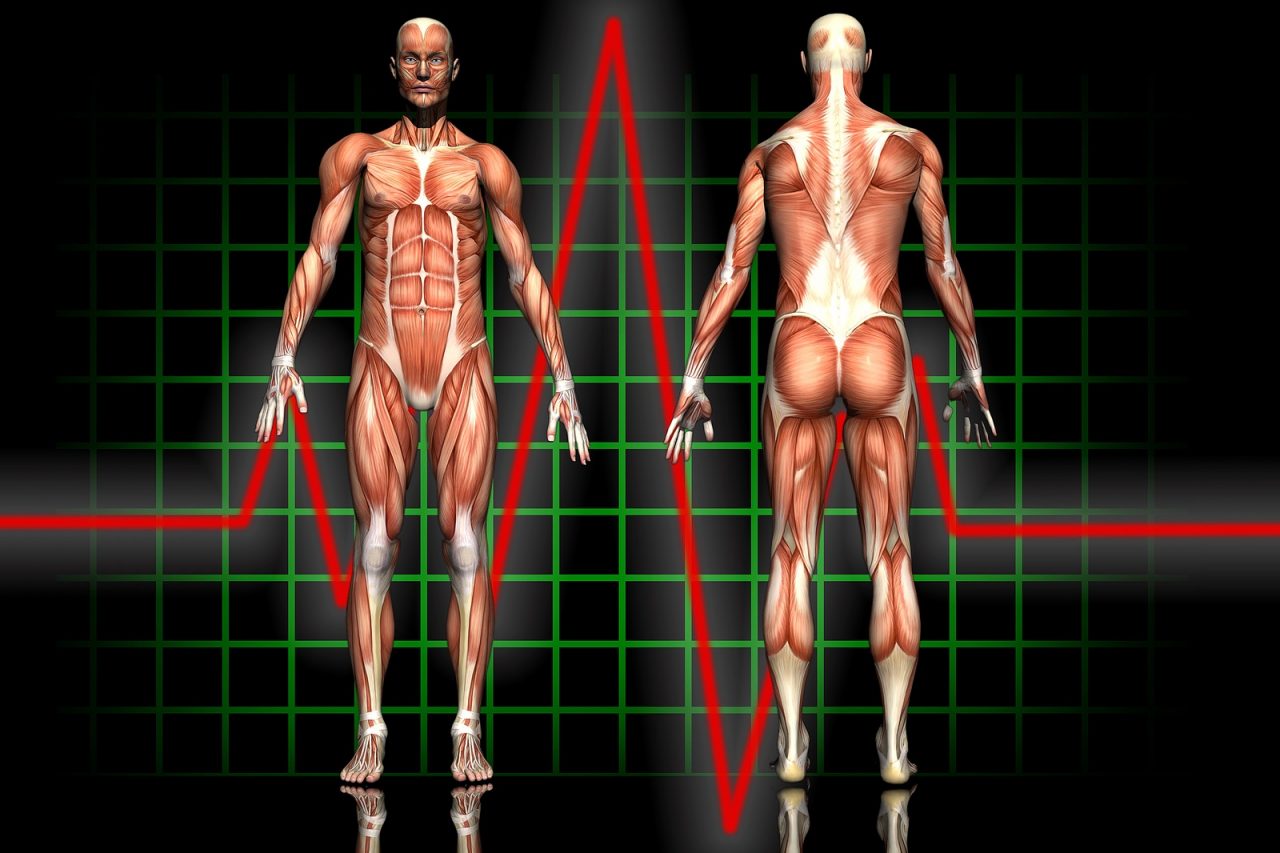May 30: 8:12pm 27yo teacher, Pam S., is out for her evening run. The delicious evening air fills her nose and lungs. She feels strong, healthy, and alive.
May 30: 8:13pm Pam pushes up a gentle hill. She feels sudden and severe pain, as if stabbed deep by a flaming splinter. Pam stops, almost falling. She struggles the mile home. The searing throb begins to fade. A long hot shower gives some relief.
June 3: 5:45am The torment progressed through the weekend and curled around pillows, drenched in sweat, she has not slept all night. As traces of sunrise light frame her bedroom window, she decides to get medical care.
June 3: 9:22am Pam tells her story to her Primary Medical Doctor (PMD) and is examined. Her pain is intense with any movement and he is worried. He orders blood work, pain medication and calls an orthopedic surgeon. The PMD completes his history and physical report, as well as his differential, in his Electronic Medical Record (EMR). The note is transmitted instantly to the surgeon.
June 3: 9:59am STAT blood work is drawn at a lab down the street.
June 3: 10:37am Pam picks up the pain medication.
June 3: 11:25am The orthopedic surgeon reads the PMD’s note, listens to Pam’s story and examines her. He orders an emergency MRI.
June 3: 11:51am The MRI is performed on the scanner in the surgeon’s office. The images are simultaneously sent to his desktop and to a radiologist, 85 miles away.
June 3: 12:28pm The surgeon is concerned about a possible mass on the scan. The radiologist calls the surgeon and confirms the presence of the lesion, and notes three others. The surgeon meets with Pam and explains the possible diagnosis. He also calls an oncologist, me, who agrees to see the patient that afternoon. The orthopod documents his findings in his EMR.
June 3: 3:00pm Even though Pam feels somewhat better from the pain med, she is frightened. She arrives at my office, carrying only the DVD of the MRI. The electronic notes of the PMD, the surgeon, and the radiologist have been downloaded into our database.
June 3: 3:51pm After reviewing the records and doing a careful examination, I confirm the likelihood of cancer. I am concerned about the apparent rapid progression of the disease and even though it is likely the illness can be cured, right now she is in danger. I recommend immediate hospitalization.
June 3: 4:05pm Understanding she may need complex therapy, and possibly urgent surgery, Pam requests that she be admitted to a hospital near her family in northern New Jersey, 47 miles away. It takes 45 seconds to contact one of my partners in Regional Cancer Care Associates (RCCA), who works at that hospital. He accepts Pam as a patient and agrees to meet her in the emergency room, when she arrives.
June 3: 5:27pm Pam is at the hospital. Even though she has not yet checked in, the electronic notes of the PMD, the surgeon, the radiologist, the lab test results, the MRI images, as well as my evaluation with recommendations, are already in the ER, forming the base of her hospital medical record.
June 3: 5:50pm The curtain opens and her Oncologist, who has reviewed the day’s findings, greets Pam. She begins the road to recovery.







4 Comments